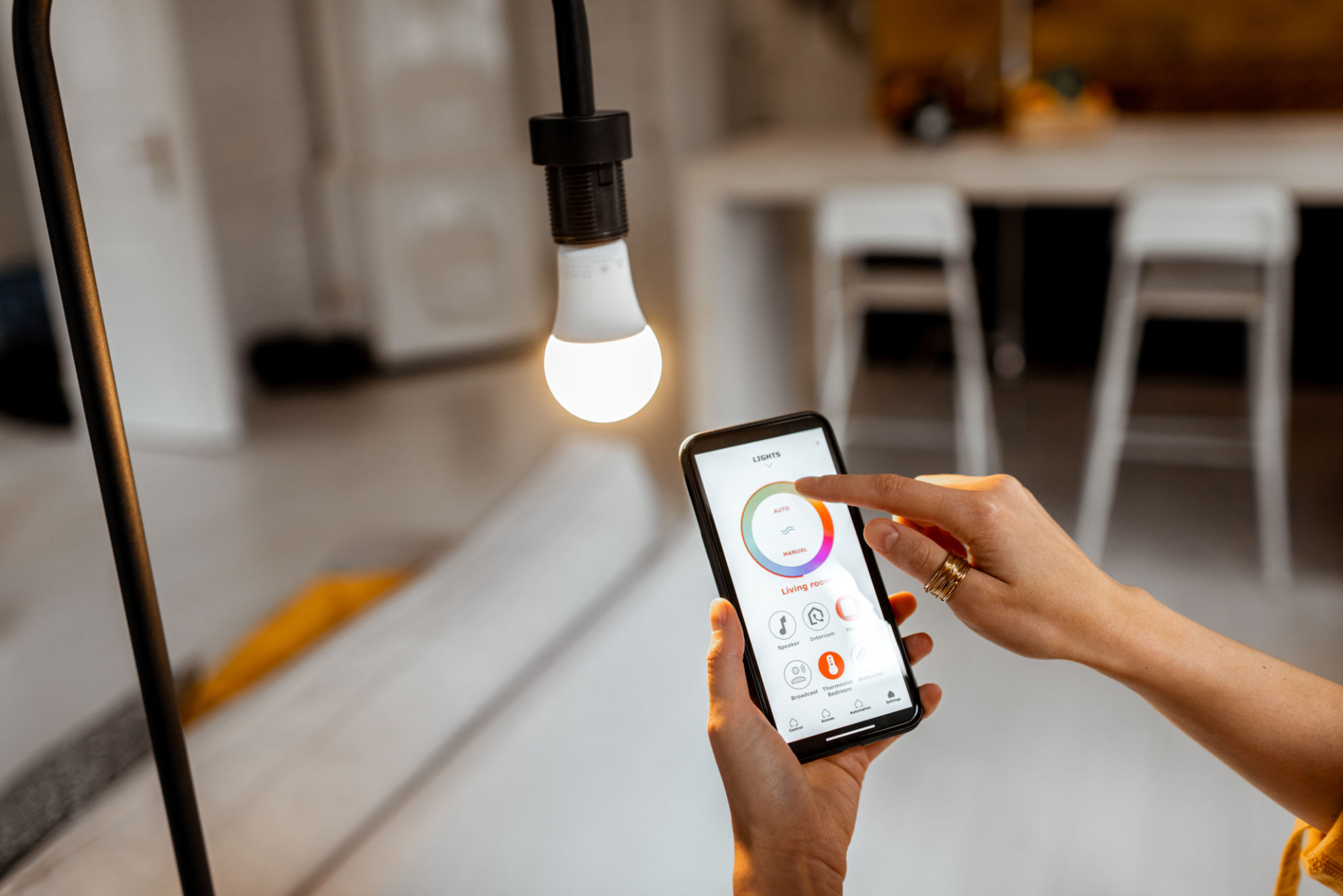Avoid These Common Mistakes When Setting Up Your Smart Home
AD
Understanding Your Needs
As you embark on the journey of setting up your smart home, it's crucial to understand your specific needs and choose devices that align with them. Many users make the mistake of purchasing the latest gadgets without considering their daily routines and requirements. Take time to evaluate what you want to achieve with your smart home. Do you want to enhance security, improve energy efficiency, or simply add convenience with automated lighting?
Once you have a clear understanding of your needs, you can make informed decisions about which devices will best serve your purpose. This approach helps avoid cluttering your home with unnecessary gadgets and ensures a seamless integration of technology into your lifestyle.

Investing in Compatibility
Another common mistake is failing to check the compatibility of devices before purchase. Not all smart home devices are designed to work together, and without proper research, you might end up with a collection of gadgets that don't communicate effectively. Ensure that the products you choose are compatible with your existing ecosystem, whether it's Google Home, Amazon Alexa, or Apple HomeKit.
Sometimes, investing in a smart home hub can resolve compatibility issues by acting as a central control point for various devices. However, this additional step might not be necessary if you choose devices that are inherently compatible with each other from the start.
Secure Your Network
Security is a top priority when it comes to smart homes, yet many overlook the importance of securing their network. Leaving your network vulnerable can lead to unauthorized access to your devices, compromising both privacy and safety. Start by changing the default passwords on your devices and router to strong, unique ones.

Enable encryption and consider setting up a separate network for your smart home devices to limit potential risks. Regularly update your devices and software to protect against new vulnerabilities. By taking these steps, you can enjoy your smart home with peace of mind.
Avoid Over-Automation
It's easy to get carried away with automation, but over-automating can lead to frustration and inconvenience. Balance is key when integrating smart technology into your home. Consider which tasks genuinely benefit from automation and which are better left manual. For example, while automated lighting is helpful, automating every single appliance may not be practical.
Test and adjust the automation settings to suit your lifestyle. Over time, you'll discover the optimal level of automation that enhances rather than complicates your daily routines.

Plan for Future Expansion
Finally, keep future growth in mind. Smart home technology is continually evolving, and planning for expansion can save you time and money in the long run. Choose devices that are future-proof or easily upgradable. Consider potential upgrades or additional devices you might want to add in the future and ensure your current setup can accommodate them.
By keeping these considerations in mind, you can create a smart home that not only meets your current needs but also adapts to future advancements, offering convenience, security, and efficiency for years to come.